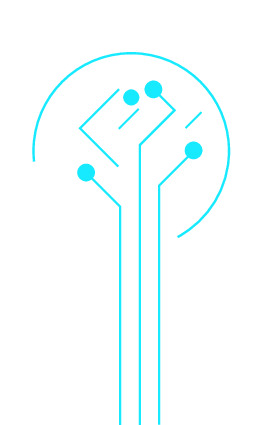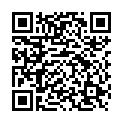|
|
|
| Module code: NE2112.FIN |
|
4V (4 hours per week) |
|
5 |
| Semester: 1 or 2 |
| Mandatory course: no |
Language of instruction:
English |
Assessment:
[still undocumented]
|
NE2112.FIN Neural Engineering, Master, ASPO 01.04.2020
, optional course, medical/technical, course inactive since 01.10.2024
NE2112.FIN Neural Engineering, Master, SO 01.10.2025
, optional course, medical/technical, course inactive since 01.10.2024
|
60 class hours (= 45 clock hours) over a 15-week period.
The total student study time is 150 hours (equivalent to 5 ECTS credits).
There are therefore 105 hours available for class preparation and follow-up work and exam preparation.
|
Recommended prerequisites (modules):
None.
|
Recommended as prerequisite for:
|
Module coordinator:
Prof. Dr. Michael Möller |
Lecturer: Prof. Dr. Michael Möller
[updated 30.03.2021]
|
Learning outcomes:
Students can assess the various properties of (functional) imaging modalities in neurology:
- Imaged function: hemodynamics, metabolism or neural activity
- Spatial and temporal resolution
- Reliability, precision and sensitivity to artifacts
- Cost and complexity, safety, possibility for multimodal imaging
[updated 25.04.2021]
|
Module content:
LECTURE (Prof. Möller, htwsaar)
Overview
- functional imaging in general
- functional imaging in neurology
Metabolism imaging using radioactive markers
- positron-emission tomography (PET)
- single-photon-emission computerized tomography (SPECT)
Hemodynamic imaging
- functional magnetic resonance imaging (fMRI),
- introduction to the relevant properties and methods of MRI itself
- blood-oxygen-level-dependend contrast (BOLD)
- contrast-enhanced perfusion imaging
- diffusion weighted imaging (DWI), diffusion tensor imaging (DTI)
- near-infrared spectroscopic imaging (NIRS)
Imaging of neural activity
- Magnetoencephalograpy (MEG)
- fluorescence imaging using voltage-sensitive dyes (VSD)
Multimodal imaging
CLINICAL DEMONSTRATION (Dr. Krick, Saarland University Medical Center, Clinic for Diagnostic and Interventional Radiology)
[updated 27.04.2021]
|
Recommended or required reading:
[still undocumented]
|


